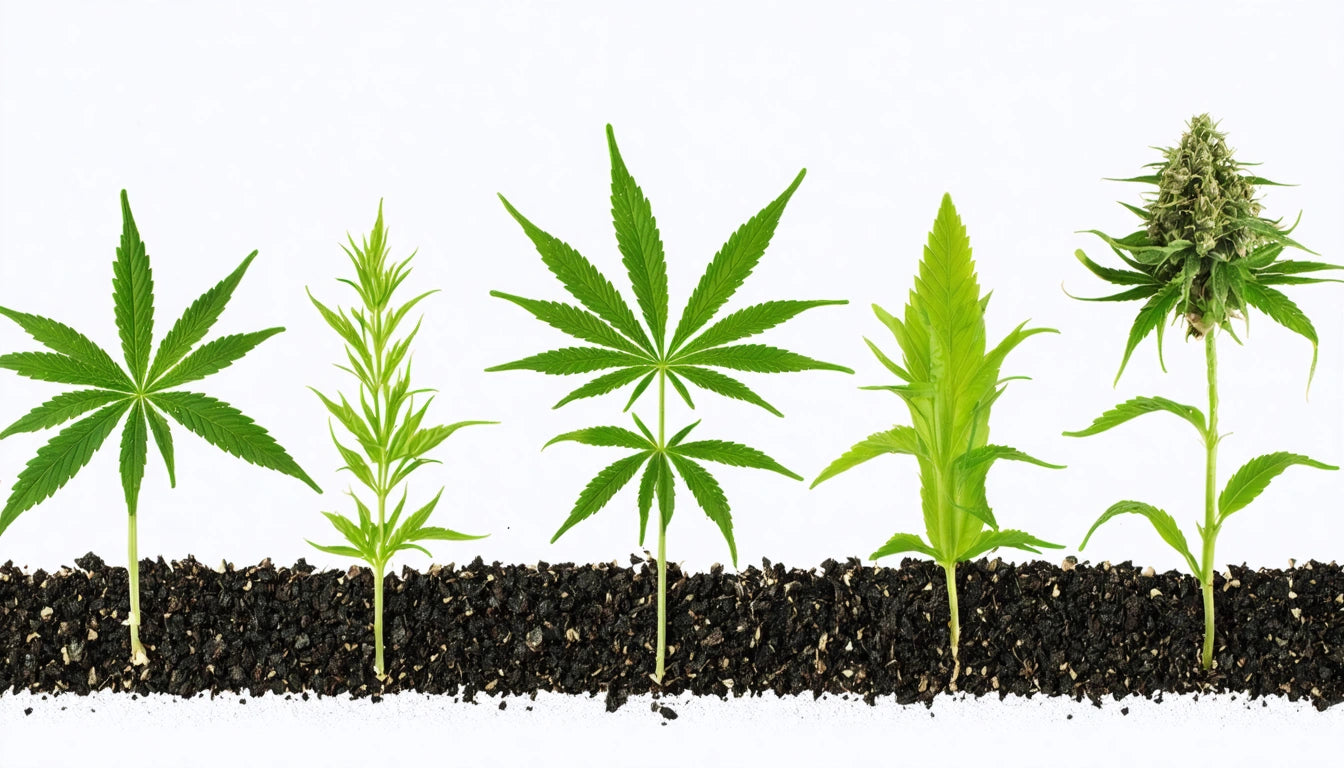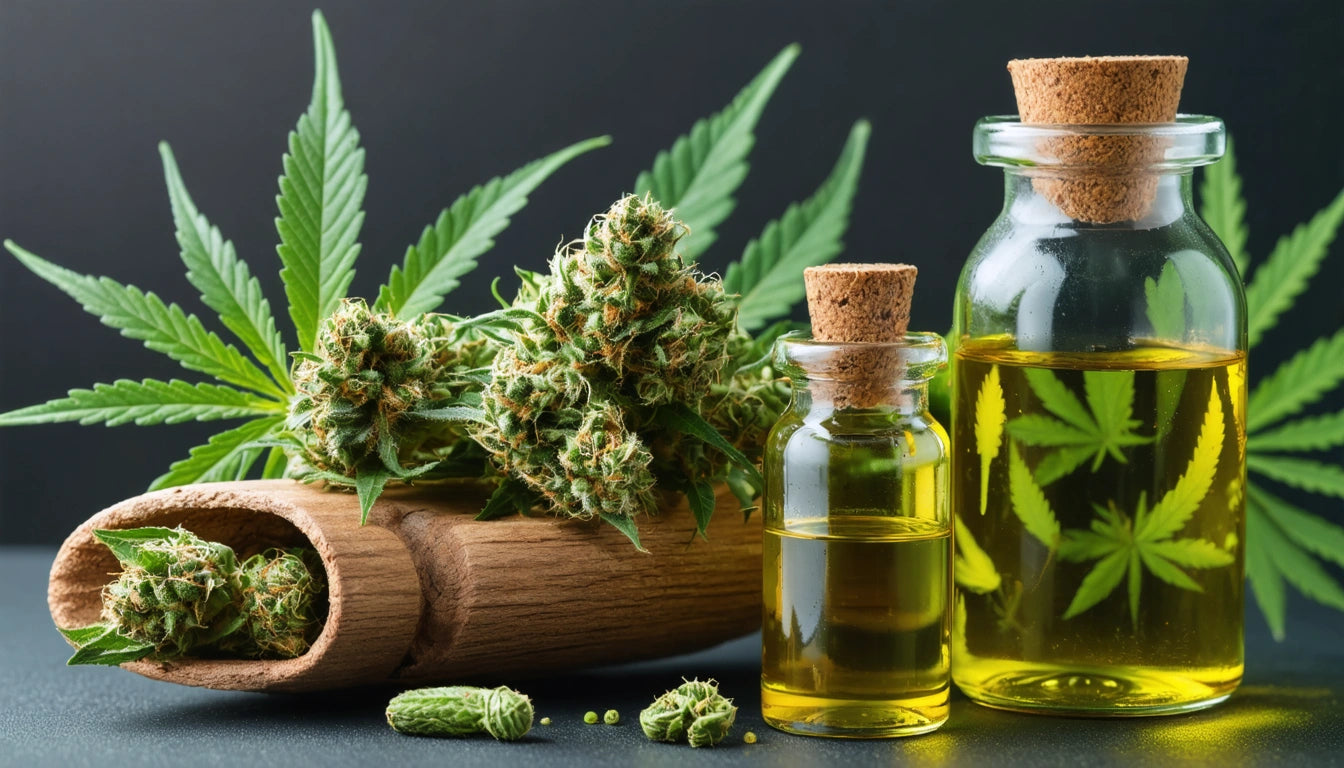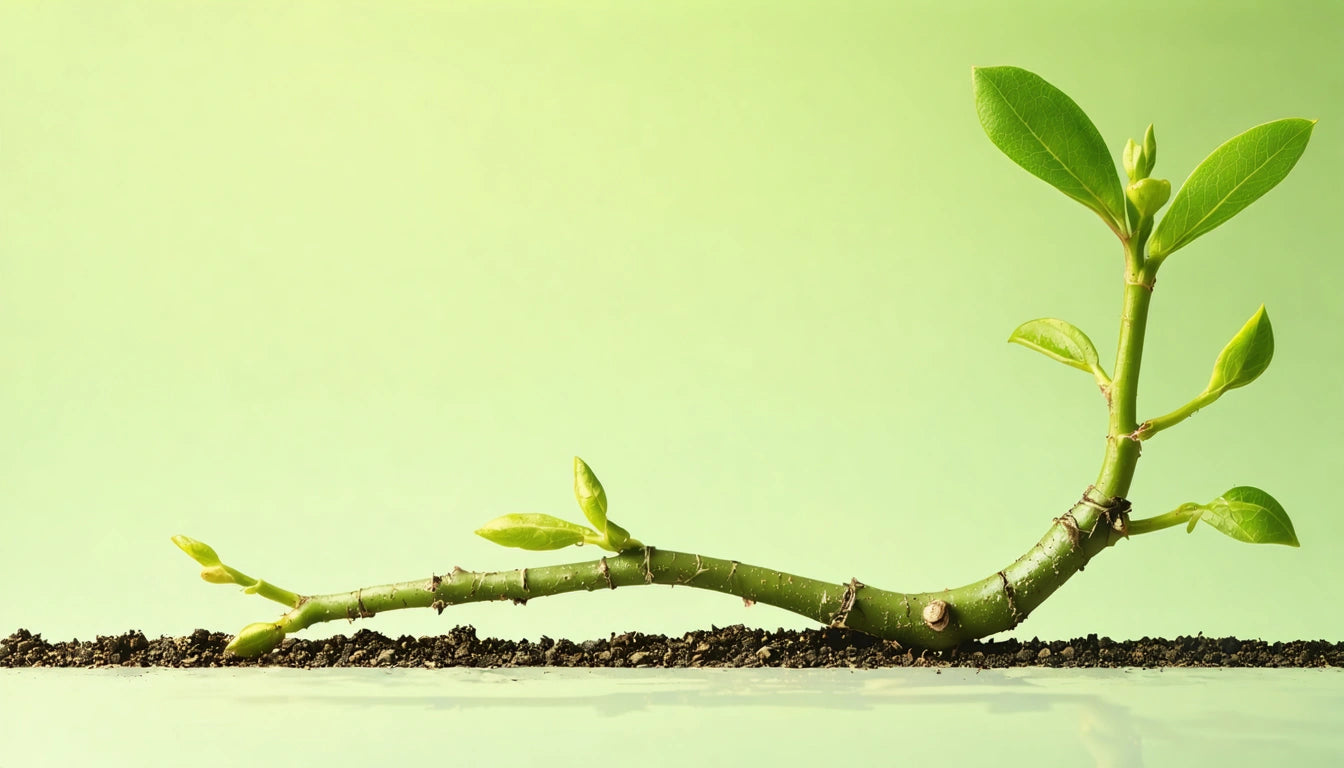Table of Contents
- The Importance of Sexing Cannabis Plants
- Timeline for Sexing Cannabis Plants
- Visual Identifiers: How to Tell Male from Female Weed Plants
- Growth Patterns and Secondary Characteristics
- Identifying Hermaphrodite Plants
- What to Do After Identification
- Common Mistakes When Sexing Cannabis Plants
- Cultivation Best Practices for Sexed Plants
How to Identify Male and Female Weed Plants: A Complete Guide
Understanding how to tell if weed plant is male or female is a fundamental skill for cannabis cultivators. The sex of your plants determines their purpose in your garden and directly impacts the quality and quantity of your harvest. This guide provides clear visual identifiers and practical tips to help you confidently determine the sex of your cannabis plants.
The Importance of Sexing Cannabis Plants
Accurately identifying plant sex is crucial because male and female cannabis plants serve different purposes. Female plants produce the resin-rich flowers (buds) prized for their cannabinoid content, while males produce pollen sacs for reproduction. In most cultivation scenarios, growers want to identify and remove male plants before they can pollinate females, which would result in seedy, lower-quality buds.
As your cultivation operation grows, proper plant management becomes increasingly important. Many growers use specialized containers with secure lids to store different plant materials and seeds, keeping everything organized and safely away from children.
Timeline for Sexing Cannabis Plants
Cannabis plants typically reveal their sex during the pre-flowering stage, which occurs:
- Photoperiod strains: 4-6 weeks from germination
- Autoflowering strains: 3-4 weeks from germination
While it's possible to identify certain characteristics in seeds, reliable sexing requires visual inspection of the pre-flowers that develop at the nodes where branches meet the main stem.
Visual Identifiers: How to Tell Male from Female Weed Plants
Pre-Flowers
The most reliable way to determine sex is by examining pre-flowers. Here's how to tell female weed plant from male:
- Female pre-flowers: Look for a small bud with one or two white hair-like pistils emerging from it. These pistils are the stigmas that catch pollen.
- Male pre-flowers: Appear as small, round balls or sacs without pistils. These will eventually open to release pollen.
These pre-flowers typically develop at the nodes where branches connect to the main stem. Using a magnifying glass or jeweler's loupe can help you spot these tiny structures earlier.
Mature Plants
As plants mature, the differences become more obvious:
- Female plants: Develop clusters of pistils that form the beginnings of buds. These appear as white, yellow, or orange hairs emerging from small teardrop-shaped calyxes.
- Male plants: Form clusters of pollen sacs that resemble small balls hanging from the nodes. When mature, these sacs open and release pollen.
Understanding the differences between male and female plants becomes easier with experience and close observation.
Growth Patterns and Secondary Characteristics
While pre-flowers provide the most definitive evidence, several secondary characteristics can offer early hints about plant sex:
- Growth rate: Male plants often grow taller more quickly than females and have longer internodal spacing.
- Sturdiness: Female plants typically develop thicker stems and more compact growth to support future bud development.
- Branching: Females tend to grow more lateral branches with shorter spacing between nodes.
These characteristics aren't definitive but can help guide your observations while waiting for pre-flowers to develop. For a more visual approach, our visual guide to male cannabis plants provides detailed images to assist with identification.
Identifying Hermaphrodite Plants
Some cannabis plants can develop both male and female reproductive organs, becoming hermaphrodites or "hermies." This typically occurs due to stress factors such as:
- Light leaks during dark periods
- Temperature extremes
- Physical damage
- Nutrient problems
- Genetic predisposition
Hermaphrodite plants can self-pollinate and cause nearby females to produce seeds. They can be identified by the presence of both pistils and pollen sacs on the same plant. Some plants may also develop "bananas" or "nanners" (anthers), which are stamen-like structures that emerge directly from the buds and release pollen without forming a traditional sac.
What to Do After Identification
Once you've learned how to tell male and female weed plants apart, you'll need to make decisions based on your cultivation goals:
- For seedless buds (sinsemilla): Remove male plants as soon as they're identified to prevent pollination.
- For breeding: Isolate male plants from females and collect pollen in a controlled environment.
- For hermaphrodites: These should typically be removed to prevent unwanted pollination and passing on hermaphroditic genetics.
If you're interested in making use of male plants rather than discarding them, our guide on utilizing male cannabis plants offers several practical applications.
Common Mistakes When Sexing Cannabis Plants
When learning how to distinguish male from female weed plants, be aware of these common errors:
- Mistaking stipules (leaf-like growths at nodes) for pistils
- Confusing new branch growth for male pre-flowers
- Sexing plants too early before clear signs have developed
- Missing hermaphrodite characteristics that may develop later in flowering
- Assuming all plants of a feminized seed batch will be female (rare mutations can occur)
Taking the time to properly differentiate between male and female plants will save you significant frustration later in the growing cycle.
Cultivation Best Practices for Sexed Plants
After successfully identifying your plants' sex, implement these cultivation practices for optimal results:
- Separate males from females immediately if growing for seedless buds
- Provide female plants with slightly higher nitrogen during vegetative growth
- Adjust phosphorus and potassium levels higher during flowering
- Monitor closely for any signs of stress that might trigger hermaphroditism
- Consider cloning verified females to maintain genetics and ensure future female plants
Understanding how to tell the sex of a weed plant is just the beginning of your cultivation journey. With practice, this skill becomes second nature, allowing you to make informed decisions that maximize your harvest quality and quantity.











Leave a comment
All comments are moderated before being published.
This site is protected by hCaptcha and the hCaptcha Privacy Policy and Terms of Service apply.